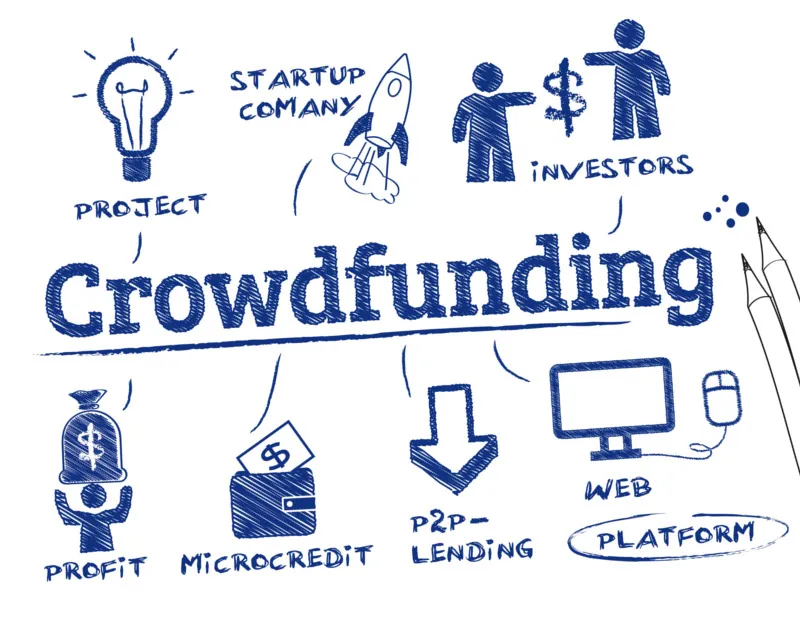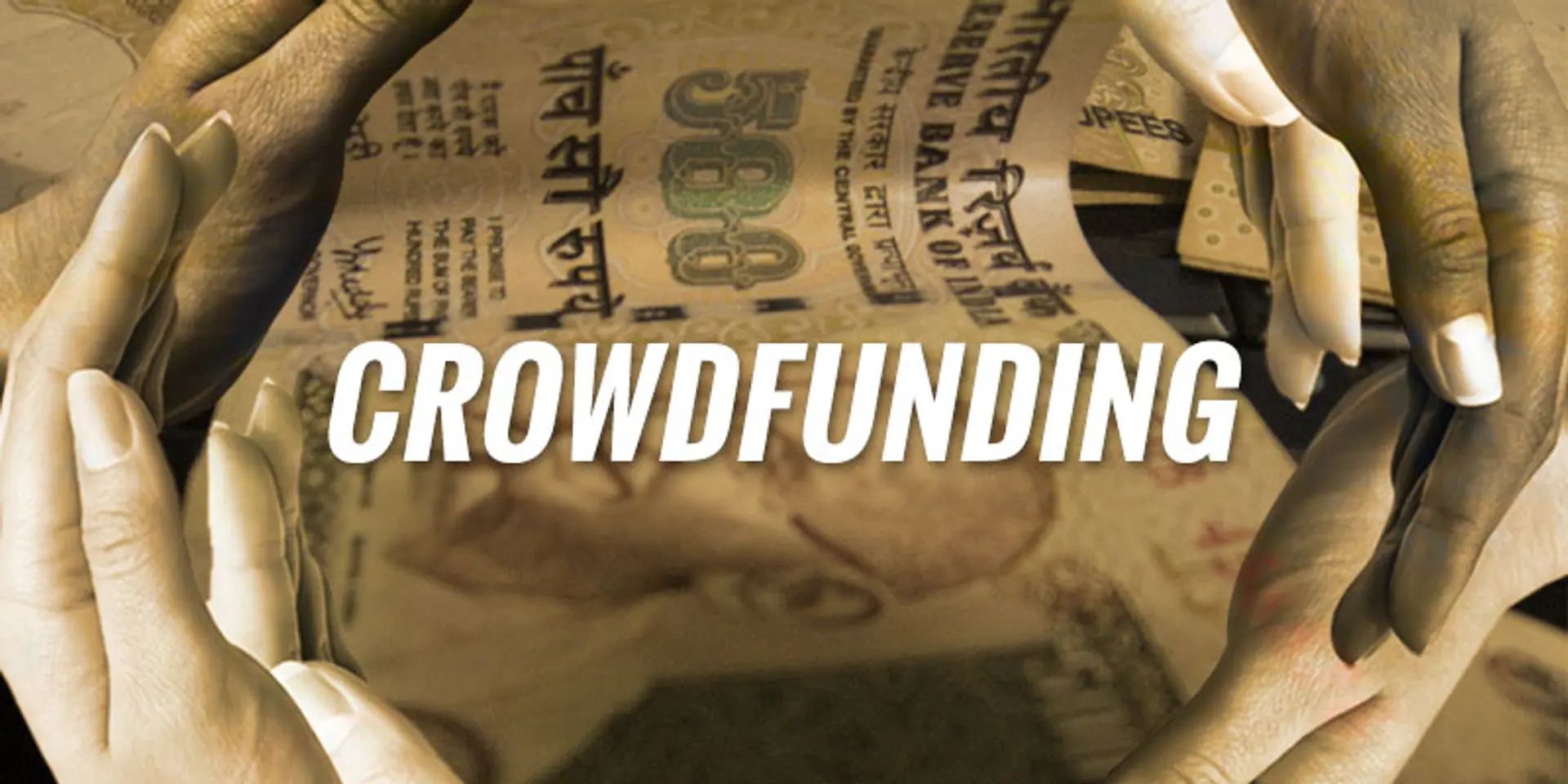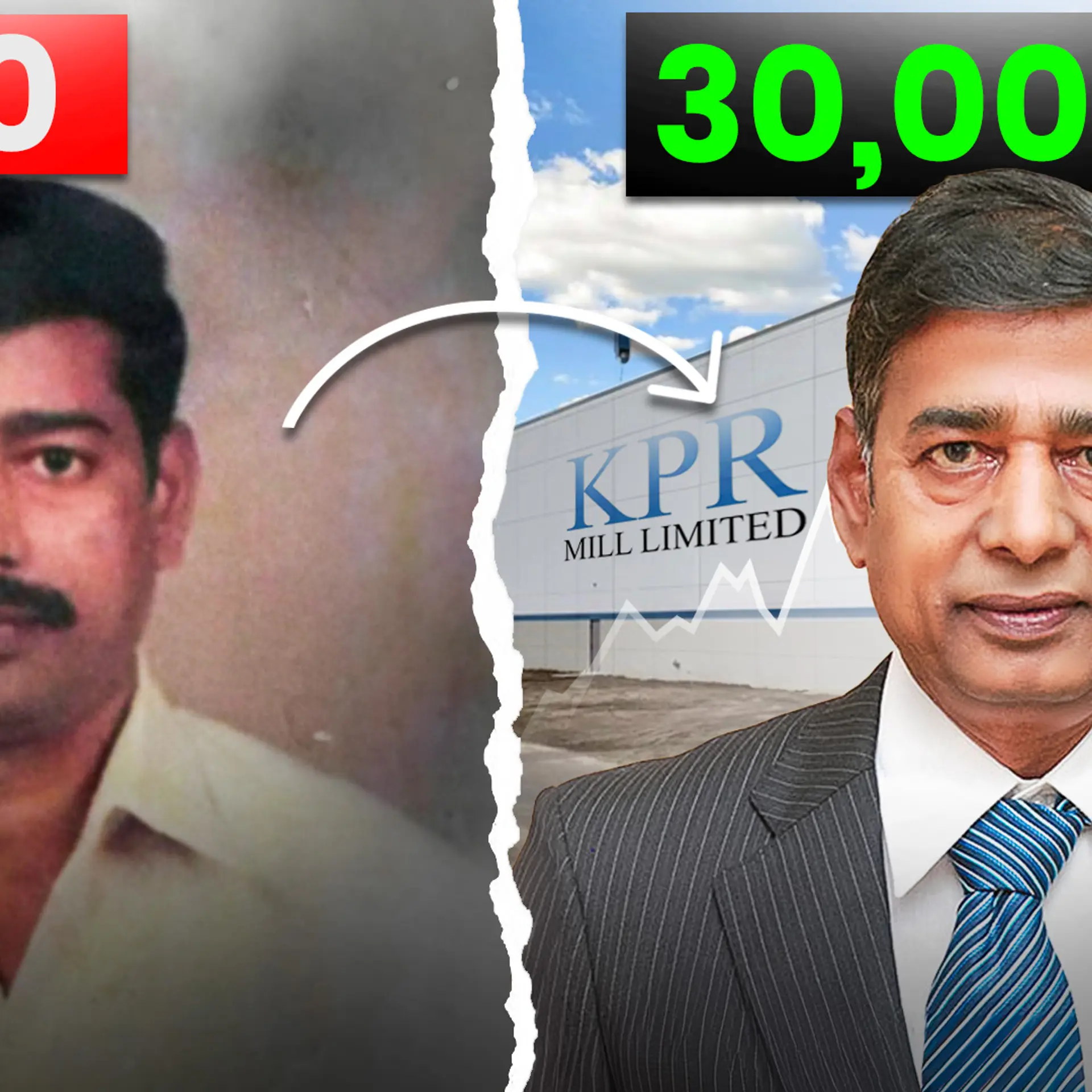2014 and looking ahead: what’s in store for crowdfunding in India?
2014 has been a year of discovery for crowdfunding in India, be it startups, investors, regulators, the media fraternity or ecosystem developers. All these players have had their say during the course of the year. If their efforts are an indicator, expect 2015 to be an action-packed year!

image credit: Shutterstock.comMany startup players seem to adopt the crowdfunding trend as never before, but just like our unique history of storytelling, crowdfunding in India is not a new phenomenon. For hundreds of years the region has seen crowds contribute to religious charities, building of monuments and even for personal events like weddings.
In addition to these traditional forays, the decades since our independence has also seen business empires and creative projects leverage the power of crowds through communities. Those like the Reliance Industries have been built on the contributions of thousands of small-time investors, and so have movies like Shyam Benegal’s ‘Manthan’ been realised with small contributions from a large number of people. Here are some of the key issues to ponder and tackle in the future:
1) Numbers: Having grown over a 1,000% in the last five years, the global crowdfunding industry is nothing short of bullish. With $65 billion added to the global economy and 270,000 new jobs created this year alone, crowdfunding efforts have helped re-build economies. The World Bank believes the growth of crowdfunding in the coming years will be spearheaded from emerging markets like Brazil, China and India. Its report suggests that crowdfunding in China could reach $50 billion by 2025. Can India be far behind?
2) Regulators: This year, SEBI has floated regulations for discussion through its crowdfunding consultation paper. While it could take a while before these equity crowdfunding regulations get finalized, the first steps have surely been taken. However, there are many in the startup space who feel that for SEBI regulations to really add value, the new regulations will need to be much more liberal -- beyond just permitting 200 retail investors and capping off each individual investment in a startup to Rs 60,000.
3) Investors: 2014 has also seen the investor community wake up to the opportunities that crowdfunding presents to a crowded and proud nation like India. Crowdfunding platforms like Catapooolt and Ketto were in the news earlier this year for having received seed funding. Another crowdfunding platform Wishberry too received its funding a little over a month ago. These platforms are expected to lead crowdfunding’s growth in 2015.
4) Product startups: There were a handful of startup projects that made good use of crowdfunding not just to raise funds, but also as a means to engage with potential customers. The year had further witnessed India’s first-ever Internet of Things (IoT) pre-sales crowdfunding project, CarIQ, which made use of a local crowdfunding platform. Earlier, pre-sales projects had been using popular US-based crowdfunding platforms for their product pre-orders.
5) Social ventures: 2014 had seen several campaigns with a social cause in mind, including those that sought to empower rural and women entrepreneurs, education projects for children from vulnerable backgrounds, and projects that sought to create awareness on a range of social and health issues. The year had also seen Bollywood celebrities take to crowdfunding to support relief efforts in Jammu & Kashmir.
6) Creative projects: This year’s crowdfunding projects in the creative space have managed to stretch beyond the powerful medium of cinema. Project leaders have reached out to communities to support their music, purchase books they have authored and be part of art events. In fact, India’s largest arts festival, the 108-day long Kochi Muziris Biennale, took to crowdfunding this year to support the event. For their event in 2016, the organizers plan to raise the entire amount through crowdfunding.
7) Media coverage: Apart from covering the news on crowdfunding platforms receiving seed funding, the media fraternity has played its role in amplifying the reach of several crowdfunding projects. Crowdfunding has been covered in YourStory as well, with insights and latest developments to inspire the larger entrepreneurial community and aspiring entrepreneurs to follow their passion and innovate.
8) Events on crowdfunding: The year has also seen crowdfunding propagated through a host of offline activities. Campus workshops and ‘101’ sessions at co-working spaces for students, startups and investors have been a regular feature. Ecosystem developers like TiE Bangalore’s Internet of Things (IoT) special interest group teamed up with the IoTBLR community to hold an event on crowdfunding exclusively for IoT startups.
9) Funding innovations: Fin-tech companies in the crowd investments space world-over have continued to innovate and pivot on their business models in order to find the sweet spot. In India, funding innovations in 2014 ranged from enabling group contributions via social media to exploring crowd co-investment models along with investors. This hybrid funding model provides projects the opportunity to crowdfund online and thereafter raise funds from the investor community offline.
10) Beyond crowdfunding: Ateet Bajaj, Founder at Start51, truly believes crowdfunding is the best way to do market research on an emerging product or service. Beyond research, there have been startups that have taken the crowdfunding route to get visibility. Some managed to receive prestigious awards, while a few others received funds from larger investors during their campaign’s course. 2014 has also seen some crowdsourcing projects garner a lot of interest, eg. Ashoka’s collaboration with UL, which received over 80 crowdsourced solutions for their ‘Safer Roads, Safer India’ challenge.
Now, post-Christmas and ‘Good Governance Day’ in India, it may well be time to take stock of the year that went by and do some crystal ball gazing of what could be in store for 2015!
11) Crowdfunding contributors may not just comprise of family and friends, it could extend to Non-Resident Indians (NRIs) and even founders of Indian startups who may want to give back to the community by supporting fresh startup ideas.
12) Project due diligence will be more elaborate, involving not just crowdfunding platforms but also other reputed agencies. Together, these players can help build more trust and credibility among potential investors.
13) End consumers will have an even better and more convenient experience with crowdfunding projects – be it the availability of an increased set of contribution options or adopting the more tried and tested ways to deliver rewards.
14) Social project-leaders collaborating with hi-tech developers to create high impact solutions could soon become a trend. 2015 could see a number of projects attempting to solve some of India’s perennial social and everyday challenges.
Over the course of 2015 I hope to share more crowdfunding stories, including myths and realities on crowdfunding, best practices adopting by successful campaigners and how various players in the startup space can work together for mutual growth.
In conclusion, I would like to share how a researcher at Peking University explained the difference between the Eastern and Western cultures -- that Westerners were more affected by guilt, while being shamed took a toll on those from Eastern cultures.
In 2015 what crowdfunding campaigners may well need is a little less of shame and a little more of guilt!







